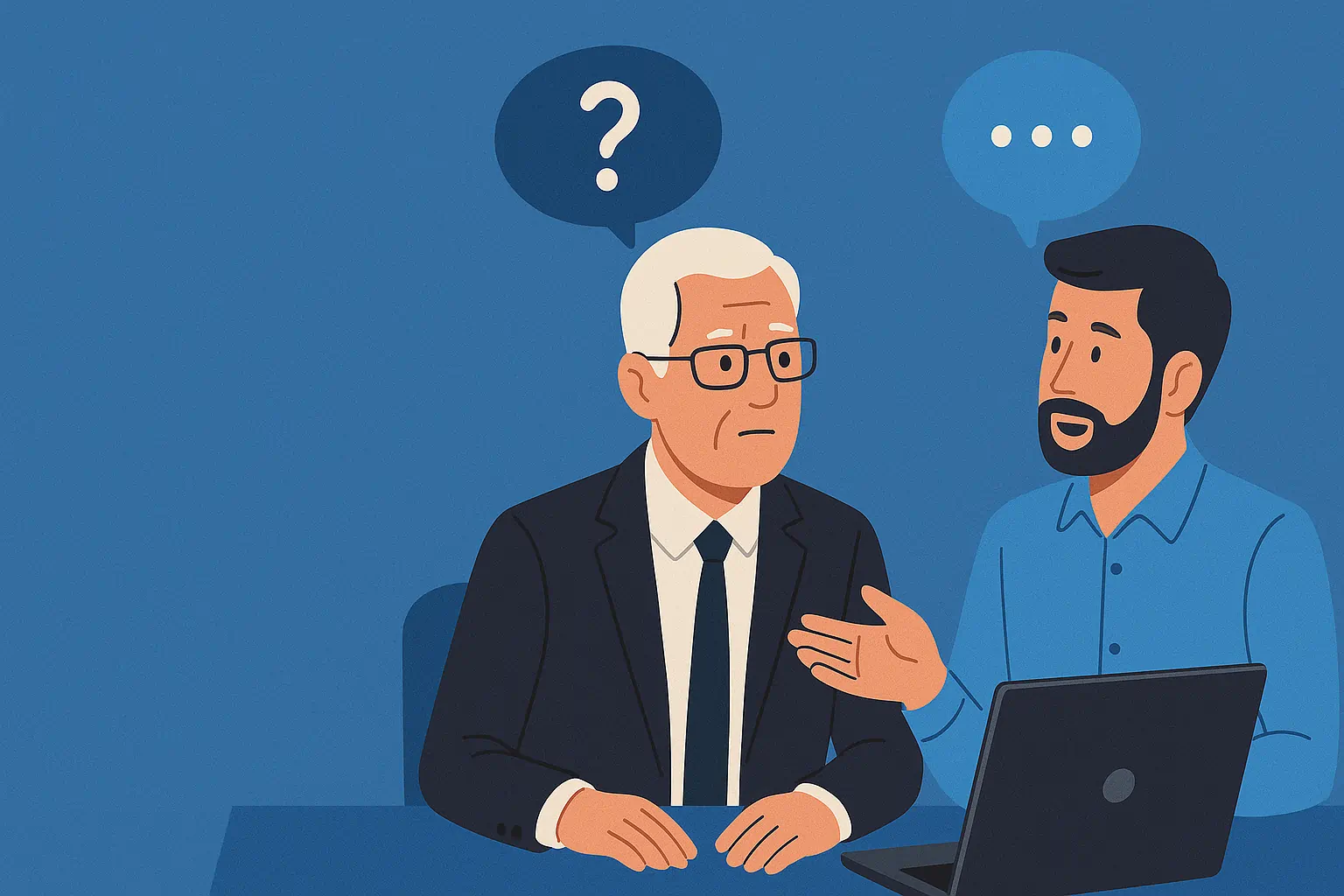Lisa, the CTO of a growing non-profit, had a secret she didn’t want to admit. Their entire donation management system ran on an outdated, legacy application built over a decade ago.
Every week, her team dealt with system crashes, slow response times, and expensive emergency fixes. The IT department spent more time patching things up than working on innovation. And the worst part? A single developer in his sixties was the only one who truly understood how the system worked.
One day, disaster struck. The system failed during a major fundraising campaign, leaving thousands of donations in limbo. The team scrambled for a fix, but their lone developer was unavailable. The event turned into a financial and reputational setback. That’s when Lisa knew she had to act.
Elastik Teams stepped in with a custom legacy support strategy:
✅ Stabilizing & modernizing the system without disrupting daily operations
✅ Providing 24/7 support to prevent unexpected failures
✅ Building a knowledge base so the organization wasn’t dependent on a single expert
Now, Lisa sleeps soundly knowing their system runs smoothly, and the IT team is free to focus on innovation instead of firefighting.
🔹 Still keeping a risky legacy system alive? Let’s talk before it’s too late!





